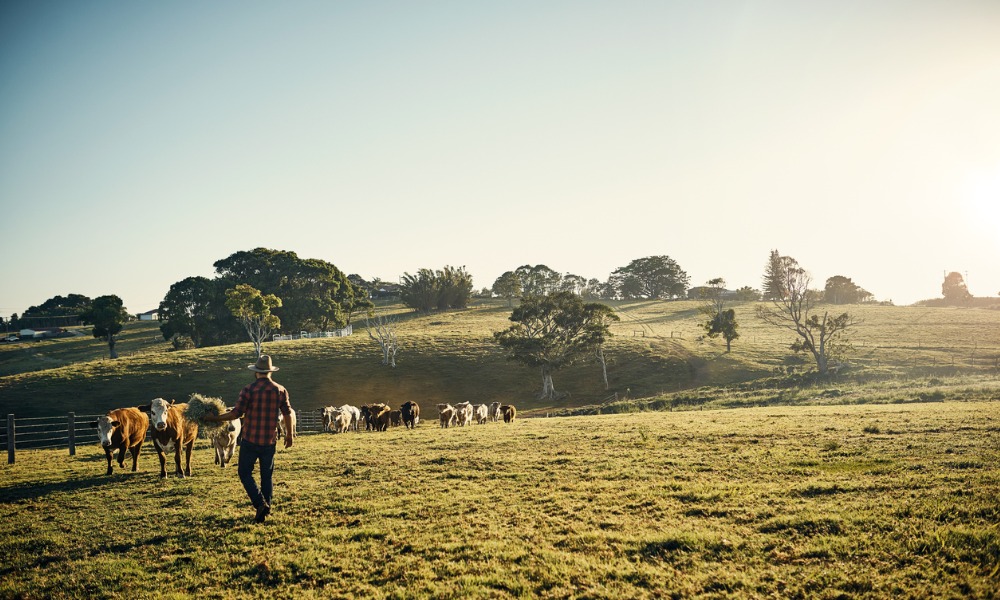Farmland prices rise despite economic cool-down, with notable increases in SK, QC, MB, and ON

In 2023, the value of Canadian farmland experienced an 11.5 percent increase, according to a report from Farm Credit Canada, as reported by BNN Bloomberg.
Chief economist J.P. Gervais noted that although this growth represents a slight deceleration from the previous year, it remains significant amidst the overall cooling economic climate.
Gervais highlighted the persistent rise in farmland prices over recent years, attributing the trend to the limited availability of farmland coupled with strong demand from farming operations. Despite broader economic signals suggesting a slowdown, these factors have propelled continued growth in farmland values.
The report reveals an expansion in farmland values across all surveyed provinces, apart from British Columbia, which witnessed an average decrease of 3.1 percent. Nonetheless, British Columbia maintains the highest average farmland values nationally.
There was a slight reduction in the number of farmland transactions last year, indicating a trend of caution among farmers in making investments due to anticipated lower revenues, along with higher borrowing and input costs.
Gervais mentioned that decisions regarding land purchases are being approached with careful consideration of price and timing.
While some farm operations might adopt a wait-and-see attitude towards land values, others may proceed more swiftly, particularly if suitable land becomes available or aligns with their strategic business objectives.
The report also points to the challenges faced by young producers, for whom the escalating prices of farmland are reducing affordability. Gervais warned that this could expose some farming operations to increased risk, given rising rental rates and input costs.
Significant rises in average farmland value were observed in Saskatchewan, Quebec, Manitoba, and Ontario, marking them as regions with the highest increases last year.



